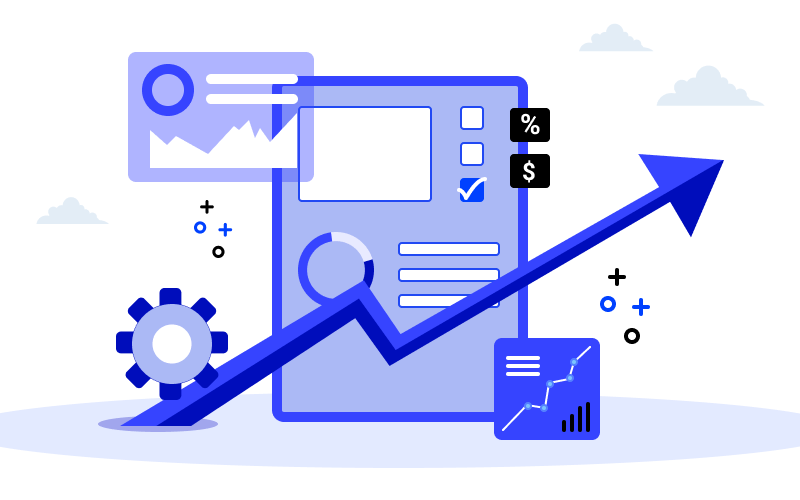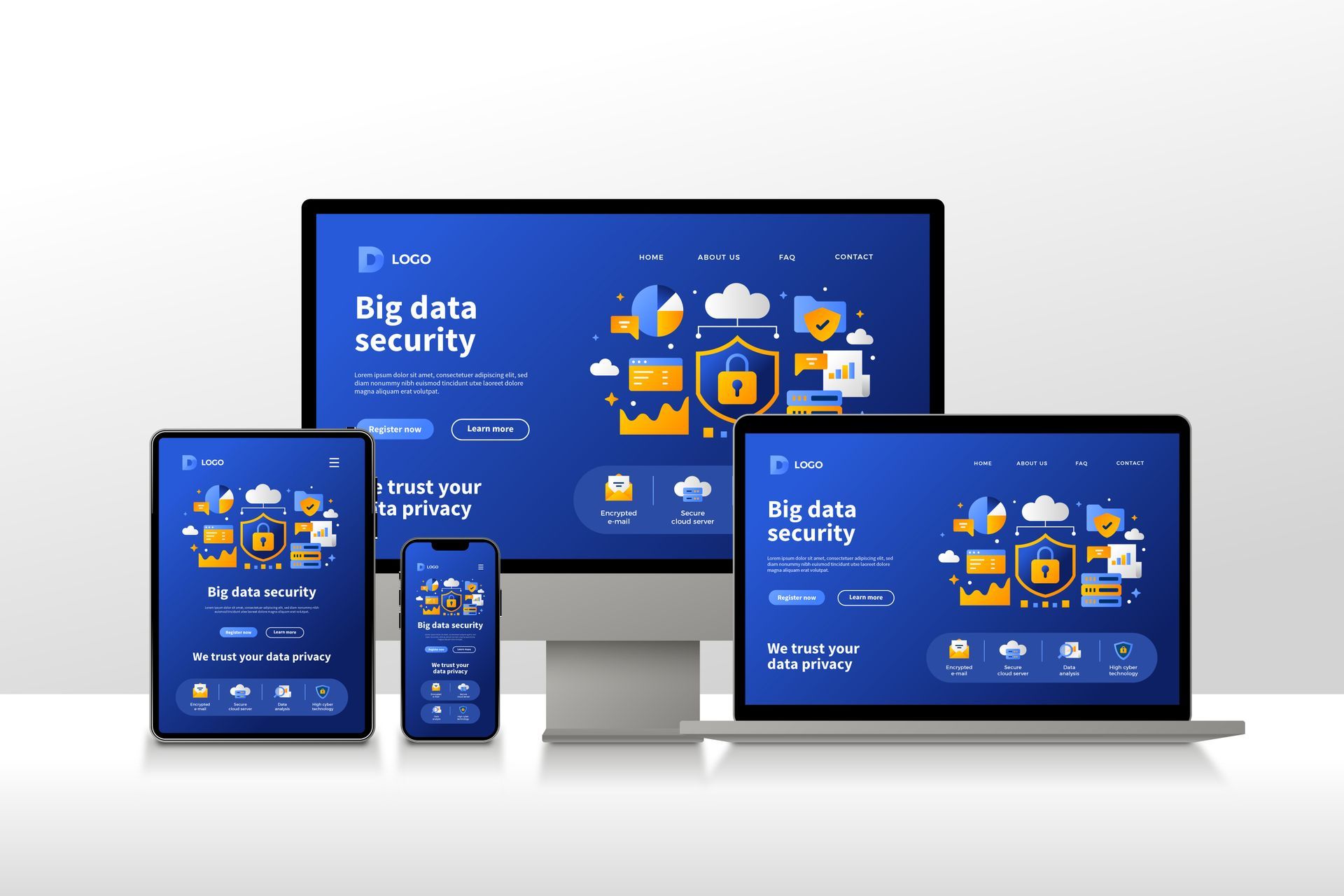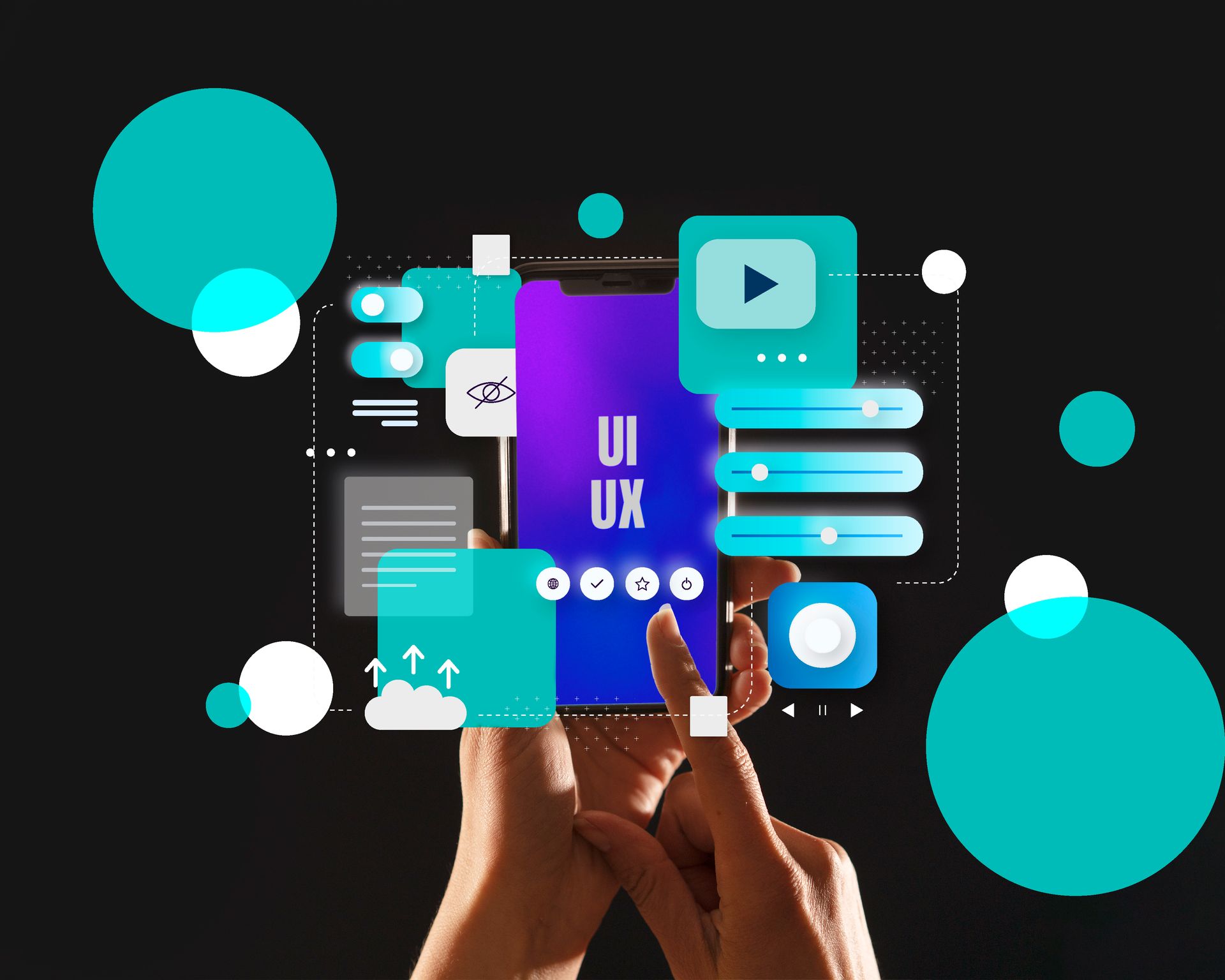
In today's digital landscape, your website is often the first impression potential customers have of your business. It’s not just a virtual storefront; it’s a reflection of your brand, values, and professionalism. At JPAWS Web Services, we believe that crafting a unique and user-friendly website is an art that can set you apart from the competition and leave a lasting impression. Here’s how we can help you master this art and create a website that truly stands out.
1. Understanding Your Audience
The foundation of a great website is a deep understanding of your target audience. Who are they? What are their needs, preferences, and pain points? At JPAWS, we conduct thorough research to design a website that resonates with your audience and provides a seamless user experience.
Real-World Example: A local bakery partnered with JPAWS to redesign their website. By understanding that their customers valued convenience and quick access to product information, we created a site featuring a prominent menu, easy online ordering, and clear contact information. This resulted in a 40% increase in online orders.
2. Prioritizing User Experience (UX)
User experience is at the heart of any successful website. A user-friendly website is intuitive, easy to navigate, and provides a smooth journey from start to finish. This involves clear navigation menus, fast loading times, and mobile responsiveness. JPAWS ensures that your website offers an exceptional user experience across all devices.
Real-World Example: An e-commerce store worked with JPAWS to optimize their website for mobile users. By ensuring that the shopping experience was just as smooth on smartphones as on desktops, they saw a 25% increase in mobile sales.
3. Crafting a Unique Visual Identity
Your website should reflect your brand’s unique identity. This includes a cohesive color scheme, typography, and imagery that align with your brand’s personality. At JPAWS, we create visually appealing websites that not only attract visitors but also build trust and credibility.
Real-World Example: A tech startup collaborated with JPAWS to design a sleek and professional website using bold colors, modern fonts, and high-quality images. This unique visual identity helped them stand out in a crowded market and attract high-profile clients.
4. Creating Engaging Content
Content is king, and it plays a crucial role in keeping visitors engaged. High-quality, relevant content that addresses your audience’s needs and interests can turn visitors into loyal customers. JPAWS helps you create compelling content, including blog posts, videos, and infographics.
Real-World Example: A fitness brand partnered with JPAWS to start a blog featuring workout tips, healthy recipes, and success stories. This engaging content not only drove traffic to their website but also positioned them as an authority in the fitness industry.
5. Implementing SEO Best Practices
A beautiful website is of little use if it’s not easily discoverable. Search Engine Optimization (SEO) ensures that your website ranks high in search engine results, driving organic traffic. JPAWS employs SEO best practices, including keyword research, on-page optimization, and quality backlinks.
Real-World Example: A travel agency worked with JPAWS to optimize their website with relevant keywords, meta descriptions, and high-quality backlinks. This improved their search engine rankings and increased organic traffic by 50%.
6. Ensuring Accessibility
An inclusive website that caters to all users, including those with disabilities, is not only ethical but also broadens your audience. JPAWS implements accessibility features like alt text for images, keyboard navigation, and screen reader compatibility to ensure that everyone can enjoy your website.
Real-World Example: A nonprofit organization revamped their website with JPAWS to include accessibility features, making it easier for all users to navigate and access information. This inclusive approach increased their website traffic and engagement.
7. Regularly Updating and Improving
A website is never truly finished. Regular updates and improvements based on user feedback and analytics are essential to keep your website fresh and relevant. JPAWS provides ongoing support to update content, fix bugs, and optimize performance.
Real-World Example: An online retailer used JPAWS analytics services to identify pages with high bounce rates. By redesigning these pages and improving content, they reduced bounce rates and increased conversions.
Conclusion
Crafting a unique and user-friendly website is an ongoing process that requires a blend of creativity, technical skills, and a deep understanding of your audience. At JPAWS Web Services, we prioritize user experience, create engaging content, and ensure accessibility to build websites that not only stand out from the crowd but also drive business success.
Are you ready to elevate your online presence? Discover the art of web design with JPAWS Web Services today and create a website that truly reflects your brand’s uniqueness and values.










